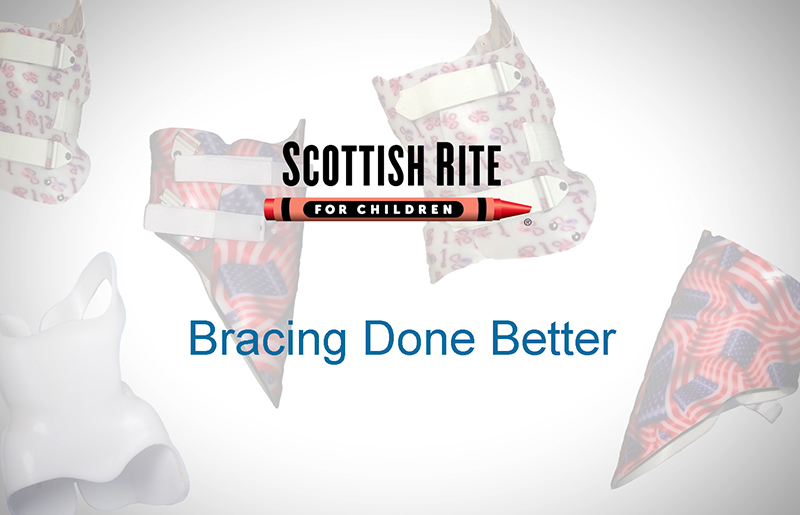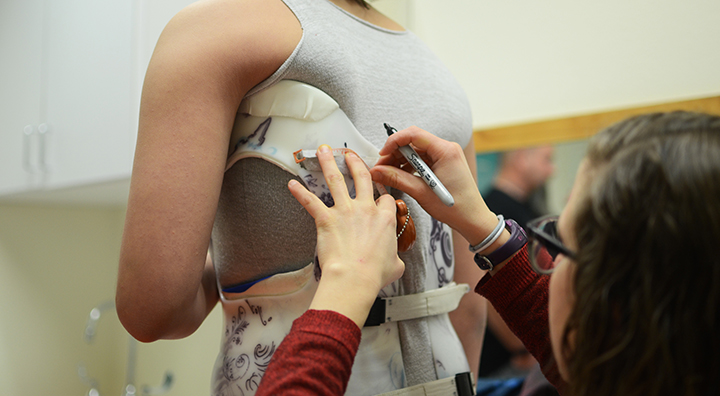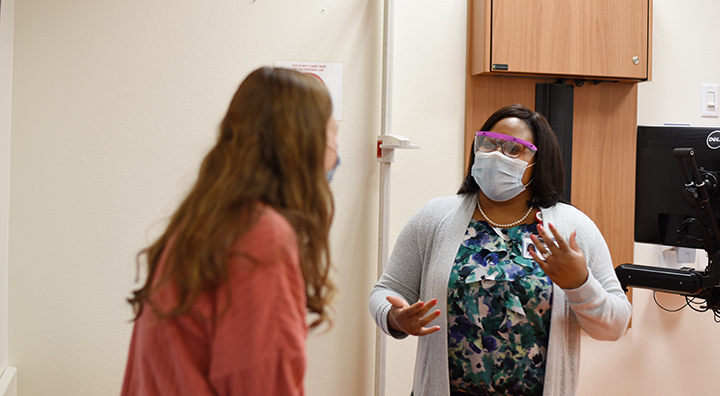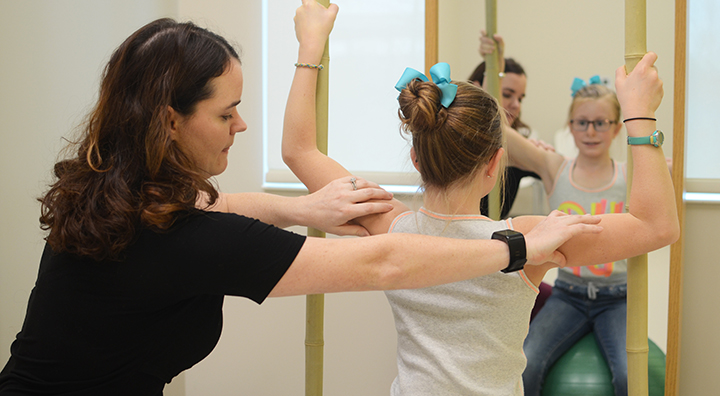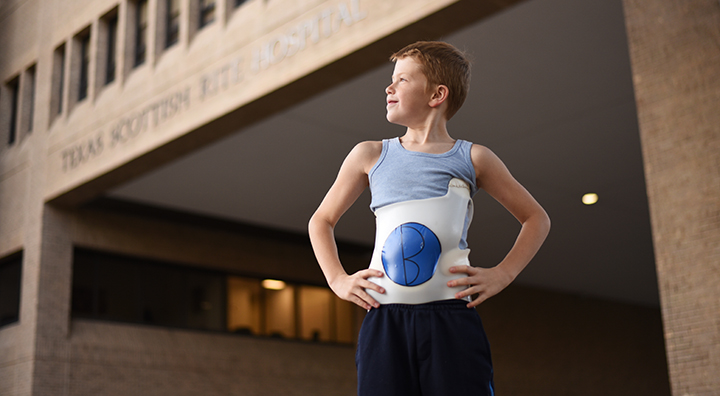Bracing for Scoliosis
Scoliosis Bracing
At Scottish Rite for Children, our multidisciplinary team of experts provide the best care to every child. For a patient with scoliosis, treatment options depend on the patient and the severity of the curve.
Bracing is the most common type of treatment for scoliosis at Scottish Rite. There are many factors our team evaluates to determine the use of a scoliosis brace such as the severity of the scoliosis and whether the child is still growing. Bracing is a treatment that can be used to help stop the curve from progressing. Every brace is custom-made by our Orthotics department.
To help you and your child through this process, we have experts from different specialties, available to help in all aspects of care. Below are the teams involved with a patient who is needing a scoliosis brace:
Bracing is the most common type of treatment for scoliosis at Scottish Rite. There are many factors our team evaluates to determine the use of a scoliosis brace such as the severity of the scoliosis and whether the child is still growing. Bracing is a treatment that can be used to help stop the curve from progressing. Every brace is custom-made by our Orthotics department.
To help you and your child through this process, we have experts from different specialties, available to help in all aspects of care. Below are the teams involved with a patient who is needing a scoliosis brace:
- Orthotics
- Psychology
- Physical Therapy
- Child Life
RESOURCES FOR OUR PATIENTS

Peer Support Program
The Peer Support Program connects families with another Scottish Rite for Children family who has a child with the same medical condition or who has had the same medical procedure. Many families find understanding and support through talking with another family who has had a similar experience.
Families are carefully matched for Peer Support by our staff. Parents or caregivers can let their child’s nurse or clinic staff know if they are interested in the Peer Support Program.
How to be connected with a family or be involved with the Peer Support Program?
Family Resource Center
The Family Resource Center plays an important part in serving our patients and families. We have a licensed social worker and a medical librarian who are here to help any family. Learn more about our Family Resource Center.
Families are carefully matched for Peer Support by our staff. Parents or caregivers can let their child’s nurse or clinic staff know if they are interested in the Peer Support Program.
How to be connected with a family or be involved with the Peer Support Program?
- If a family would like to be supported, they can let their clinic staff know and the Family Resource Center Coordinator will contact the family.
- If a family would like to provide support, or be a peer mentor family, they can let their clinic staff know or reach out to the Family Resource Center Coordinator.
- Both families will then complete and sign an authorization form to move forward.
Family Resource Center
The Family Resource Center plays an important part in serving our patients and families. We have a licensed social worker and a medical librarian who are here to help any family. Learn more about our Family Resource Center.
